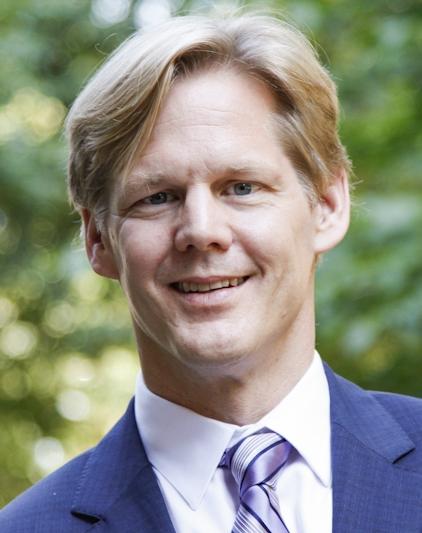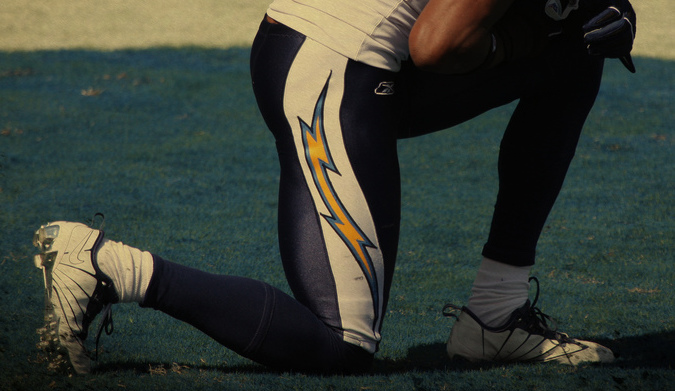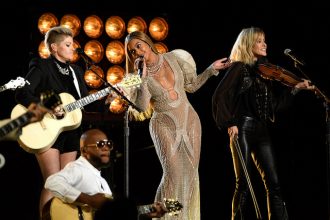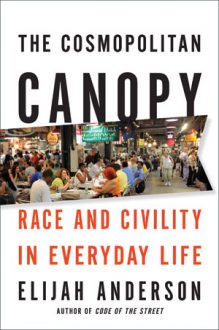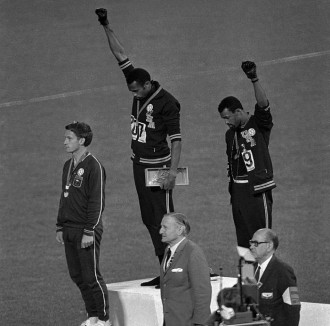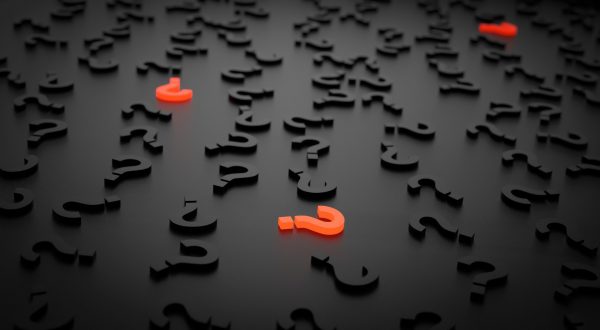
The article “Community-Engaged Research: What It Is and Why It Matters” appears in the Winter 2022 issue of Footnotes published by the American Sociological Association
At least since the movement emerged in the early 2000s, I’ve been a proponent and practitioner of all things public sociology. I edited Contexts magazine from 2008 to 2011 with Chris Uggen, fellow sociology professor at the University of Minnesota, and together we built The Society Pages.org, host of the largest collection of sociology websites on the internet. I helped create a senior capstone course based on service-learning placements for undergraduate majors in sociology at Minnesota. I’ve written op-eds and collaborated with various advocates and organizations, policy initiatives, and media projects. When I was president of the Midwest Sociological Society in 2016, I chose the theme “Sociology and its Publics: The Next Generation” for meetings. But in recent years, the public-facing sociology I’ve found most intriguing and significant is community-engaged research (CER).
I learned most of what I know about CER while helping launch the American Sociological Association’s Sociology Action Network (SAN) and serving on its Advisory Board over the past few years. SAN is the initiative created by Council to help sociologists interested in community-based, pro bono work get connected with small, nonprofit organizations, agencies, projects, and initiatives looking for services, assistance, and support from professional sociologists. The driving idea was that large numbers of academic sociologists who have both the skills and the passion to contribute to concrete, on-the-ground efforts to address social problems and issues don’t always know how to get connected with appropriate organizations and groups, even those in their own communities who could benefit from their energy and expertise. It was almost like we needed a matchmaking service—a sociological Tinder—to help sociologists and organizations find each other. Indeed, one of SAN’s first projects was the creation of this service—thus, the “network” in our title.
In addition to our professional matchmaking work, SAN hosted special sessions at ASA’s Annual Meetings; worked to find and promote links and resources for community-based collaborations; and, thanks to the hard work of Carol Glasser of Minnesota State-Mankato, created an online resource page with links to webinars, best practices, and sample documents for those interested in doing this work. SAN also became the review panel for ASA’s long-standing Community Actions Research Initiative (CARI) grant program, which provides funding for sociologists who are collaborating with community organizations to address social problems.
I have learned a lot in the process. One of those lessons was about how many different organizations, programs, and community leaders dedicated to social problem-solving are out there in the world right now, and how much they need our assistance. Another was how difficult it is for a national professional organization to facilitate networking, connections, and the exchange of information at various local and regional levels. But much of what I’ve learned—from the sociologists I’ve met and worked with on and through my role on the SAN Advisory Board—is about community-engaged research itself, as a distinctive approach to research, knowledge-creation, and public engagement—what it is; who does it and how committed and skilled they are; and why it is such an important part of our discipline, its legacies, and its traditions. That’s what I’d like to share briefly with you here.
Definitions
Let me begin with the usual proviso that what we call “community-engaged research” can be defined in many different ways and often goes by several different names—community-based scholarship; participatory action research; research-practice partnerships; or collaborative social justice research. Some see it as a branch of applied sociology, others as its own distinct thing. But whatever we call it, this approach to research and sociology refers to initiatives that involve some kind of mutually beneficial collaboration among academic researchers and folks from outside of the academy who are collecting data, offering programs, or creating services that speak to the needs of specific communities and target populations on the ground.
The nature of these relationships and the kinds of contributions sociologists make to these collaborative projects vary widely. Engagement can range from consultation on vision and mission to data collection and needs-assessment using surveys, interviews, or focus groups. It can include advising on program design and policy development as well as conducting program evaluations and assessments. It also often involves some type of public or legislative advocacy or public communication (via op-eds, position papers, or formal reports). Community-based work spans the gamut of sociological methods and subfields, and can refer to policies, programs, and initiatives that are local and issue-specific, as well as those that are broader and more encompassing. Many sociologists who do this work operate at multiple levels and across a range of areas all at once.
Since I came to understand community-engaged scholarship in the context of public sociology, I find it useful to clarify the distinctions between the two as well. Public sociology, or publicly engaged sociology as I prefer to call it, refers to any sociological research, writing, and work happening outside of the academy. Among the characteristics and principles that distinguish community-based sociology from other forms of public scholarship are that it is oriented not only to the dissemination and application of general knowledge, but also to the construction of new knowledge, ideas, and approaches. In addition, the principles of relationship-building, reciprocity, and responsibility are far more “up front” and indeed imperative in this collaborative work than other, more standard forms of public engagement. And finally, community-based work can involve advocacy, but is not actually, or even necessarily, normative. Indeed, oftentimes participatory action research involves surprisingly basic and conventional social theories, data, and methodological approaches, albeit applied and adapted to unique cases and local contexts that help develop or improve programs that can make a difference in the lives of individuals and communities.
For what it is worth, the conception of public sociology that I have employed here is a bit broader than Michael Burawoy’s original definitions (Hartmann 2017) in that it includes sociology that employs instrumental as well as reflexive (or critical) knowledge—that is, it can be policy oriented or advocacy centered, or even both. The key thing for me is not what kind of sociological research and knowledge we are talking about, and not whether its politics are oriented toward reform or more radical change, or something else—only that we are talking about any and all sociology that happens outside of the academy, which is precisely what makes community-engaged research, with all of its various manifestations and forms, so compelling.
Significance
So, why should we care about this unique branch or brand of sociology? Why should those of us who don’t do community-based research ourselves be interested in any of this? There are many reasons that come to mind, and intellectual and scholarly benefits are at the top of my list.
Sociology is a discipline in need of constant reinvention and renewal. Working with concrete, community-based initiatives, organizations, and advocates provides academic sociologists with opportunities to put our theories and methods to the test—to assess how they vary in different contexts and conditions, to observe new developments in the world, and to identify underlying mechanisms and multiple modes of understanding and engaging the world. Community-engaged work helps us understand the applications and implications of our knowledge, and even develop new knowledge and theories about the social world. Even more, community-engaged work provides real-world, empirical cases from which to reflect seriously on some of the biggest and most fundamental questions of the discipline and on knowledge construction more generally: How is knowledge produced? Who produces it? How is it used? And who benefits—or doesn’t?
Working with concrete, community-based initiatives, organizations, and advocates provides academic sociologists with opportunities to put our theories and methods to the test
Community-engaged research requires us to grapple with these matters of epistemology and ontology. It forces us into needed reflection on the complexities of objectivity, positionality, and reflexivity, the constructedness of science, and the contextuality and utility of knowledge. Research that is fundamentally embedded in, and engaged with, communities also helps us to see how sociology can be complicit with power and privilege, as well as a source of social progress and change.
Framed as such, it is important to emphasize how many of the time-honored, ivory tower assumptions and conceits about our own work—our status as intellectuals and researchers and our role in the world—can be turned on their head by community-engaged research. In collaborating and coordinating with others, we realize that much of the work is not so much what we have to give (or “dole out”) to them, but rather how much we don’t know—that is, how much we sociologists have to learn from those doing the work of society right there on the ground, every day, without fanfare, recognition, or great reward.
There are practical and professional considerations here as well. CER is especially attractive to many graduate students in our discipline. For some sociology graduate students, community-based research provides a way to get started on research that can be personally rewarding, as well as lead to theses, dissertations, or other, longer-term projects. For others, it provides numerous and immediate opportunities for making good on their visions of using sociological theory and research to help solve social problems or address injustices—the very reasons many came to our field in the first place. Still other graduate students, when faced with the uncertainties of the job market and the changing nature of work in higher education, simply see better, more meaningful professional prospects in this work than elsewhere.
And it isn’t just graduate students. A large and increasingly diverse number of scholars in our field also care about this kind of work and do it regularly, even primarily. These are our colleagues, classmates, and students, our friends, and potential collaborators and coauthors. And there are more community-based researchers than those of us at elite doctoral universities with very high research activity may realize. This was one lesson I learned and a dominant theme during my time in the leadership at the Midwest Sociological Society. Action-oriented, community-based research was perhaps the most common and most meaningful kind of scholarship in which many of my colleagues at regional universities, liberal arts institutions, and community colleges were engaged. These are academic sociologists who do a lot of teaching yet are also committed to both scholarly research and giving back to their communities. In a world where time and energy are limited, community-engaged work provides an avenue to make good on all the goals, demands, and rewards of being an academic—organically and simultaneously.
Many questions about community-engaged sociology remain ahead:
- What resources or support should ASA be developing and providing to our members interested in doing community-based work?
- Do we need new outlets or venues, or even a journal, to better support, promote, and coordinate this work and sociologists doing this kind of work—and ultimately to bring that work closer to the center of the discipline?
- What kinds of course work and resources are necessary to train graduate students to do this work?
- How do we properly recognize and reward this work in our discipline and in the academy more generally when it comes to things like hiring, tenure and promotion, and merit?
Some of these questions will be addressed by other articles in this issue of Footnotes; others will remain unanswered for now. But there is no doubt in my mind that how we answer these questions—and the extent to which we support and facilitate and understand community-based research—is a crucial task for our discipline and its future.

